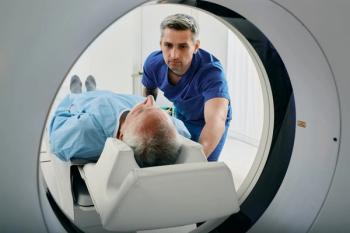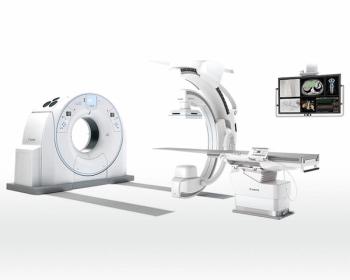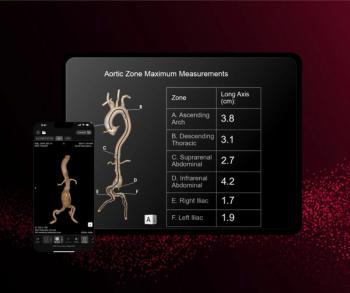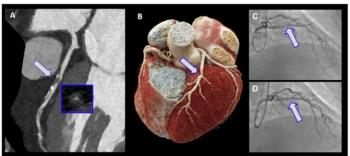
Featured Search - Confronting Hazards of Cardiac CTA for Women
Two new reports reveal on the risks of radiation damage to sensitive tissues among women undergoing CT angiography of the heart.
Top news from a featured radiology search on SearchMedica:
These two new reports reveal on the risks of radiation damage to sensitive tissues among women undergoing CT angiography of the heart. The first, a retrospective cohort study of 100 patients, found that the chief hazard of cardiac CTA was lung cancer, and that the risk of radiation damage for women is 2.6 times that for men. The second report specifically analyzes the potential damage from coronary CTA to breast tissue, and describes ways to minimize it.
Related Items on Diagnostic Imaging:
Dr. David Dowe discuses how dose fears, controversies within cardiology, and entrenched interests have combined to slow its adoption as chest pain triage strategy.
An imaging algorithm reduced the number of CT angiography and CT perfusion studies performed on patients with aneurysmal subarachnoid hemorrhages, a form of stroke.
Newsletter
Stay at the forefront of radiology with the Diagnostic Imaging newsletter, delivering the latest news, clinical insights, and imaging advancements for today’s radiologists.



























